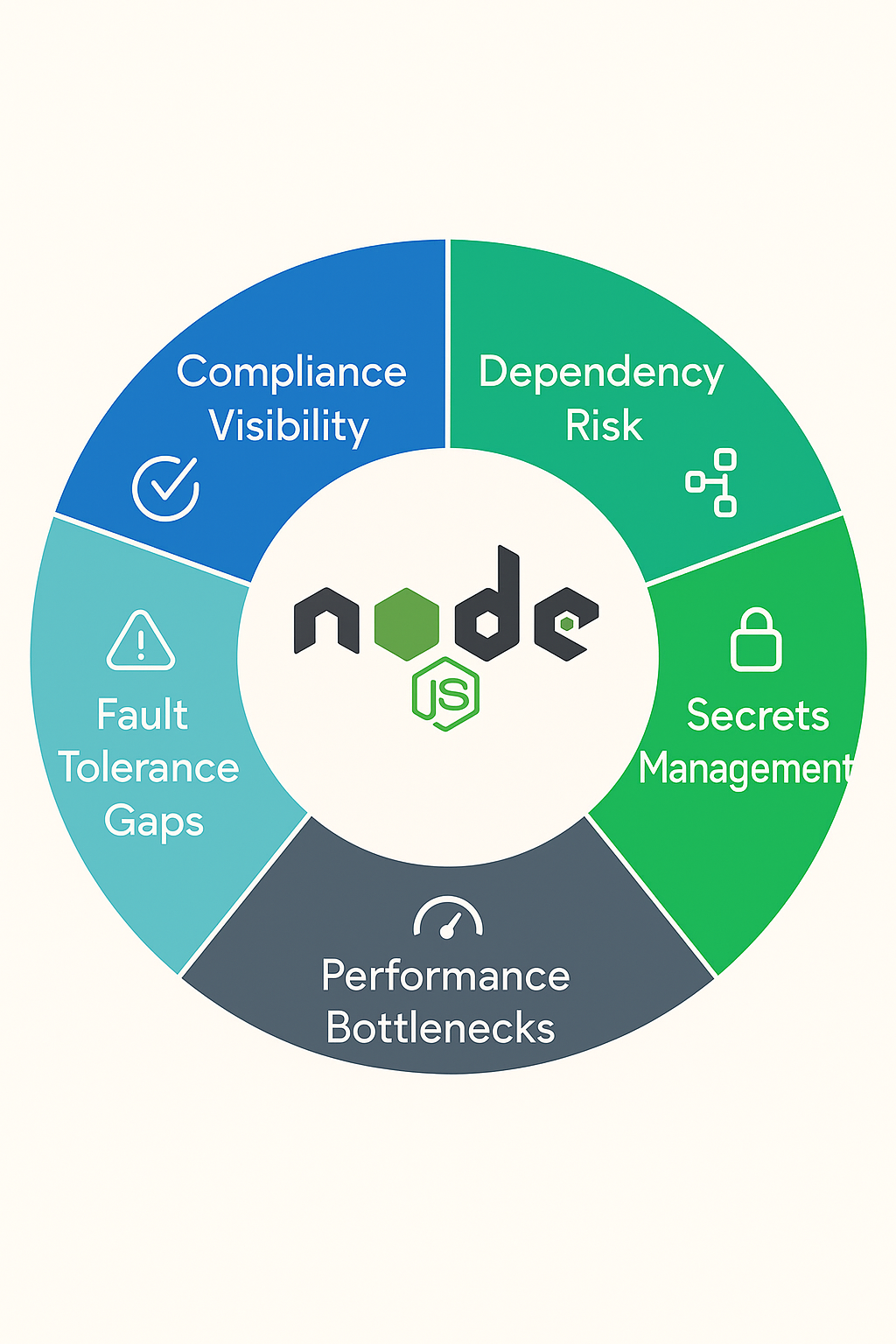The SaaS companies that stay ahead focus on two parallel engines:
Performance and Compliance.
Let’s break them down.
1. Horizontal & Vertical Scaling with Guardrails
Vertical scaling means adding more power to one server (CPU/RAM).
Horizontal scaling means adding more servers or containers to distribute the load.
Both help performance but only if you manage them with load balancers and process managers like PM2 or Kubernetes. According to Kelsey Hightower, Principal Engineer, Google Cloud
If you can’t measure it, you can’t scale it. Every resilient system begins with data.
2. Monitor Everything That Moves
Track your event loop utilization, response time, and memory usage across each node.
If you’re not monitoring real-time metrics, scaling multiplies risk, not performance.
Tools like Prometheus, Grafana, and Elastic Stack make this easier than ever.
3. Caching as a Lifeline
Caching is your best friend when scaling Node.js.
Use:
- CDN caching for static assets
- In-memory caching (Redis) for quick data access
- Application-level caching for API-heavy workloads
Each layer reduces requests, saves cost, and keeps performance predictable under pressure.
4. Build Evidence into Your DevOps
When you deploy new versions of your app, leave digital footprints auditors can verify.
That means:
- SBOMs (Software Bill of Materials) for every build
- Signed artifacts to prove authenticity
- Immutable logs for every deployment
- CI/CD pipelines with vault-based secret management
Remember: if a control leaves no trace, it’s not compliance, it’s hope.





